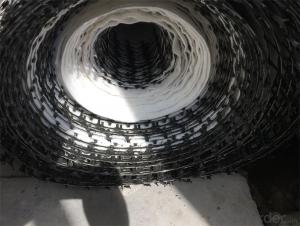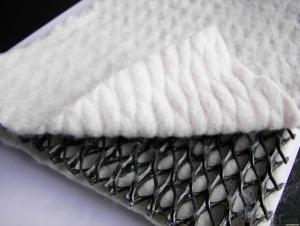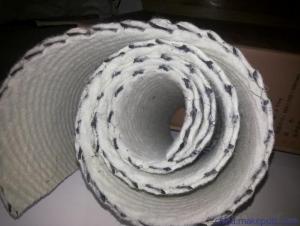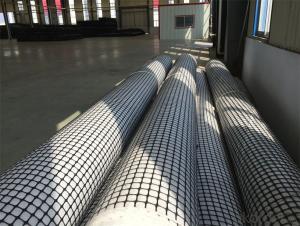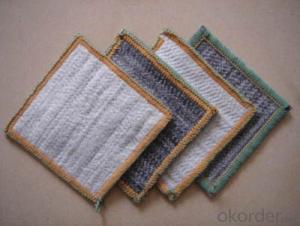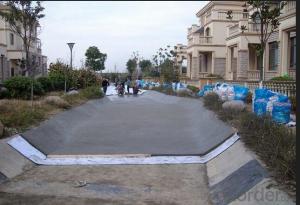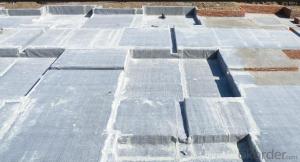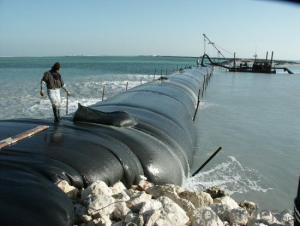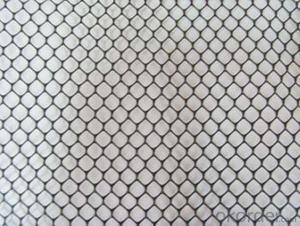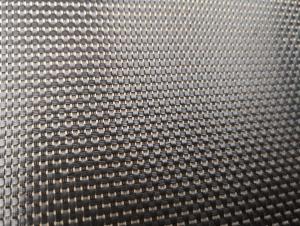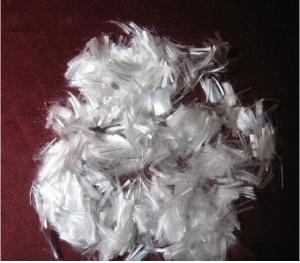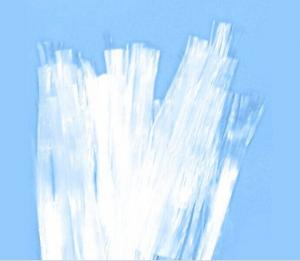Tri-dimension Composite Geonet for Drainage
- Loading Port:
- Qingdao
- Payment Terms:
- TT or LC
- Min Order Qty:
- 5000 m²
- Supply Capability:
- 100000 m²/month
OKorder Service Pledge
OKorder Financial Service
You Might Also Like
Tri-dimension Composite Geonet for Drainage
Product Introduction
It is a new type drainage material, made of geonet and non woven geotextile.
Product Application
Landfill drainage, roadbed and road drainage, railway drainage, tunnel drainage, underground structure drainage, the retaining back wall drainage, gardens and sports grounds drainage.
Product Specifications:
Geonet thickness: 5m-8m,
Width: 2m-4m.
Weight of non woven geotextile: 200g/m2.
Length: according to clients' request
Packaging Details:pp woven bags or at your request
Delivery Detail:15 days
Product Property:
It has the property of geotextile and geonet and provide a function system filtration-drainage-protection.
The core of net with its unique tri-dimension structure can bear higher compression load in construction and remain the cerain thickness, provide good water conductivity.
FAQ:
Q: What kind of payments could you support?
A: T/T, L/C, Cash are accepted.
Q: Do you charge for the samples?
A: Accordeing to our company policy, the samples are freee, we only charge the freight fee. And we will return the freight fee during the next order.
Q: Can you produce according to customers' design?
A: Sure, we are professional manufacturer, OEM and ODM are both welcome.
Q: Do you have other products?
A: Yes, please check the pictures:
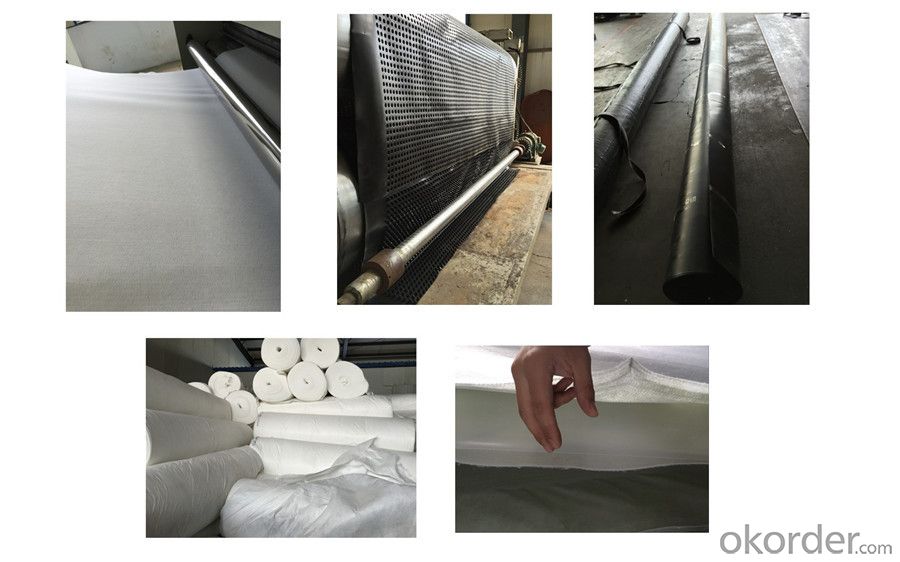
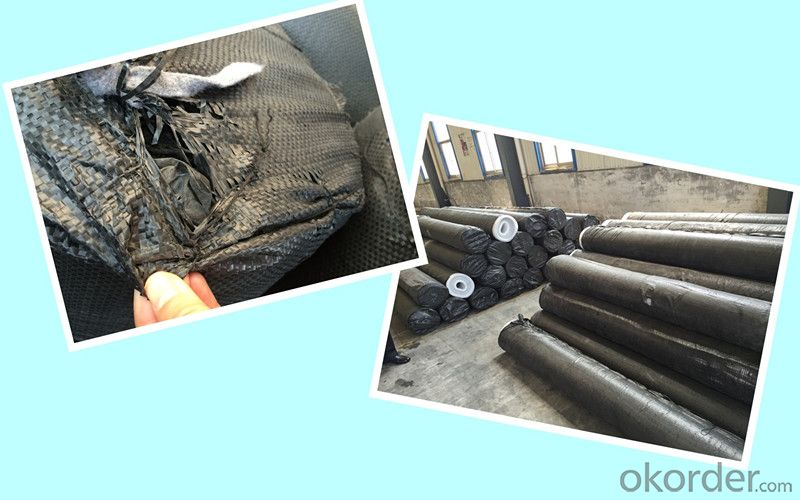
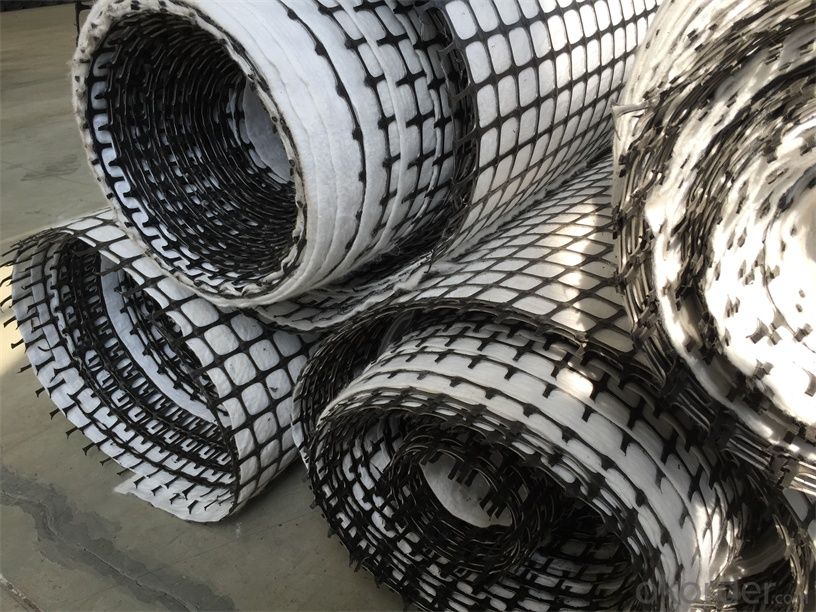
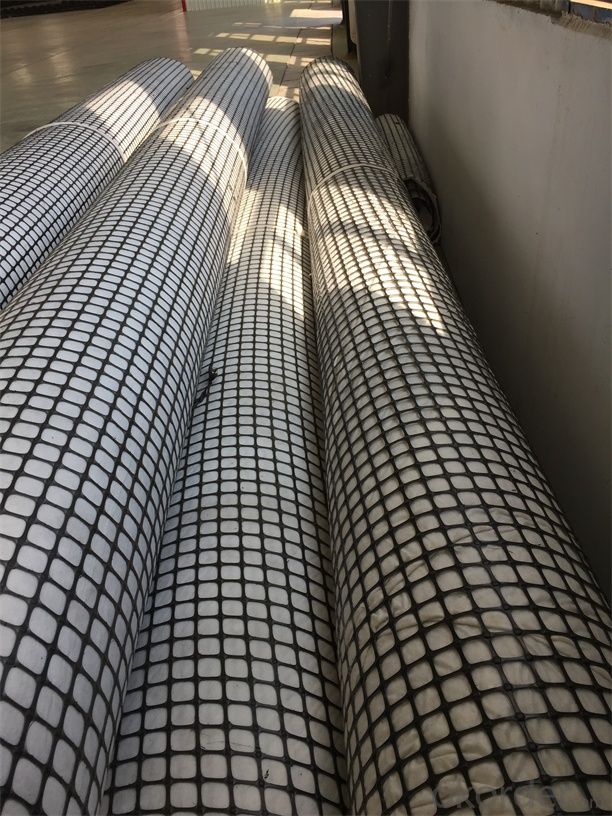
- Q:What are the different types of geosynthetic drainage materials?
- The different types of geosynthetic drainage materials include geotextiles, geonets, geocomposites, geospacers, and geocomposite drains.
- Q:Can earthwork products be used in erosion control on construction sites?
- Yes, earthwork products can be used in erosion control on construction sites. These products, such as geotextiles, geogrids, and erosion control blankets, are designed to stabilize soil, prevent erosion, and promote vegetation growth. They can be used to reinforce slopes, control sediment runoff, protect embankments, and establish temporary or permanent erosion control measures on construction sites.
- Q:How do geocells help in load support applications for railways?
- Geocells are highly effective in load support applications for railways as they provide a stable and reinforced foundation for the tracks. By confining and reinforcing the soil, geocells distribute the load of the trains evenly, reducing the risk of settlement and track deformation. This enhances the overall stability, longevity, and safety of the railway infrastructure.
- Q:What are the benefits of using geotextiles in landfill capping projects?
- Using geotextiles in landfill capping projects offers several benefits. Firstly, geotextiles act as a barrier that prevents the escape of harmful gases and leachate from the landfill, minimizing the impact on the environment and surrounding communities. This helps in maintaining water quality and reducing pollution. Secondly, geotextiles provide reinforcement to the landfill cover, increasing its stability and strength. This can help prevent erosion and maintain the integrity of the cap, ensuring long-term performance. Additionally, geotextiles can also reduce the infiltration of water into the landfill, preventing potential flooding and facilitating proper drainage. Overall, geotextiles play a crucial role in enhancing the effectiveness and sustainability of landfill capping projects.
- Q:How do earthwork products contribute to flood control?
- Earthwork products, such as embankments and levees, play a crucial role in flood control. These structures are designed to redirect and manage the flow of water, effectively reducing the risk of flooding. By creating barriers and channels, earthwork products help contain and control water levels during heavy rainfall or flooding events. Additionally, they serve as protective measures for low-lying areas, preventing floodwater from reaching vulnerable communities and infrastructure. Overall, earthwork products are essential in mitigating the impact of floods and safeguarding lives and property.
- Q:Can erosion control blankets be used on slopes?
- Yes, erosion control blankets can be used on slopes. These blankets are designed to stabilize soil and prevent erosion by reducing rainfall impact and promoting vegetation growth. They can effectively control erosion on slopes by providing immediate protection to the soil surface and allowing vegetation to establish and grow, helping to stabilize the slope and prevent further erosion.
- Q:Are earthwork products suitable for underground storage systems?
- Yes, earthwork products like geotextiles, geogrids, and geomembranes are suitable for underground storage systems. These products provide reinforcement, stability, and waterproofing to the underground structures, ensuring their long-term durability and functionality.
- Q:Can geosynthetics be used for pond lining?
- Yes, geosynthetics can be used for pond lining. Geosynthetics, such as geomembranes and geotextiles, are commonly used materials for lining ponds and other water containment structures. They provide excellent impermeability, durability, and resistance to various environmental conditions, making them an ideal choice for pond lining applications.
- Q:How are geosynthetic materials tested for quality and performance?
- Geosynthetic materials are tested for quality and performance through a combination of physical, mechanical, and chemical tests. These tests may include tensile strength, tear resistance, puncture resistance, seam strength, UV stability, chemical resistance, and durability testing. Additionally, geosynthetic materials are often subjected to simulated environmental conditions such as extreme temperatures, moisture, and aging to assess their long-term performance. These rigorous testing processes ensure that geosynthetic materials meet the required standards and can perform effectively in various geotechnical applications.
- Q:What are the benefits of using geotextile bags?
- Geotextile bags offer several benefits such as erosion control, sediment containment, and shoreline protection. They provide a cost-effective solution for stabilizing slopes, preventing soil erosion, and protecting infrastructure from the damaging effects of water and waves. Additionally, geotextile bags are easy to install, can be filled with various materials, and are environmentally friendly alternatives to traditional methods of erosion control.
1. Manufacturer Overview |
|
|---|---|
| Location | |
| Year Established | |
| Annual Output Value | |
| Main Markets | |
| Company Certifications | |
2. Manufacturer Certificates |
|
|---|---|
| a) Certification Name | |
| Range | |
| Reference | |
| Validity Period | |
3. Manufacturer Capability |
|
|---|---|
| a)Trade Capacity | |
| Nearest Port | |
| Export Percentage | |
| No.of Employees in Trade Department | |
| Language Spoken: | |
| b)Factory Information | |
| Factory Size: | |
| No. of Production Lines | |
| Contract Manufacturing | |
| Product Price Range | |
Send your message to us
Tri-dimension Composite Geonet for Drainage
- Loading Port:
- Qingdao
- Payment Terms:
- TT or LC
- Min Order Qty:
- 5000 m²
- Supply Capability:
- 100000 m²/month
OKorder Service Pledge
OKorder Financial Service
Similar products
New products
Hot products
Hot Searches
Related keywords

